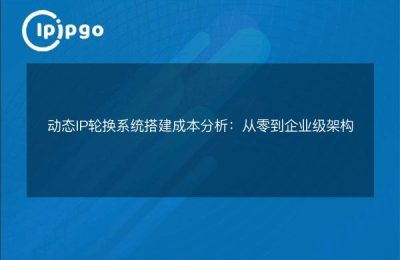
Proxy ip detection in the fog
In this digitalized world, cyber security has become a concern for everyone. However, malicious attackers are always lurking in the shadows, finding ways to bypass our defenses. One of the common means is to use proxy IPs to carry out attacks. So, how to detect and verify proxy IPs?
Exploring true and false trends
Like an explorer venturing into the jungle, we need a sharp eye to find the truth hidden behind proxy IPs. In the world of code, there are various tricks we can use to reveal the true nature of proxy IPs.
First, we can determine if a proxy is being used by examining the IP address from which the request originated. For example, if there is more than one IP address in the X-Forwarded-For field in the header of an HTTP request, it is likely that a proxy exists. Of course, there will be some advanced proxy tools that will modify this field to mask the real IP address.
Pushing back the anonymous head
However, some proxy IPs are very cunning and will add some special fields in the request header to try to confuse our judgment. This is like a dancer wearing a false mask, making it difficult to recognize his or her true identity.
To counter this, we can scrutinize the individual fields in the request header. For example, fields such as Proxy-Connection, Via, X-Proxy-ID, etc. may have been added by the proxy tool. If we find these fields, we should be highly suspicious that the request was sent through a proxy.
Abandon falsehoods.
Sometimes, a proxy IP may be disguised so realistically that it is confusing, like a crook masquerading as an emperor. At this point, we need to go deeper to verify the trustworthiness of the proxy.
A common means of obtaining the real IP address of a client is to use WebRTC technology. By creating an RTCPeerConnection object in a web page and connecting to it, we can obtain information about the IP address. If the IP address we obtain does not match the proxy IP, then we can determine that this proxy is fake.
Evasive Strategies for Sheathing the Sword
Of course, in the process of exploring uncharted territory, we also need to learn to avoid those dangerous proxy IPs. only when we really understand the nature of their attacks, we can target the fight.
A common strategy is to utilize blacklists to filter proxy IPs. we can collect some known proxy IP addresses and construct a blacklist to exclude them. In this way, we are able to reduce the threat of proxy IPs to our system.
The technology behind it
In actual proxy IP detection, some technical tools and services are also required. For example, we can use the requests library in the Python programming language to send HTTP requests and get response headers. By parsing the response headers, we can get a lot of information about the proxy IP.
Besides, there are some third-party APIs and services that can help us do proxy IP detection more conveniently. For example, websites such as IP138 and ipify provide relevant API interfaces that can be used to query IP address information.
summarize
The use of proxy IPs poses certain challenges to network security. However, by exploring the true-false momentum, pushing back the anonymous head, shedding falsehoods and sheathing the sword in evasive tactics, we can effectively detect and validate proxy IPs. with the technology behind it, we can better protect our network security.
Just like breaking through the fog in an adventure, we must also go forward and guard the peace of this digital world.








